15. Charley Varrick (1973)
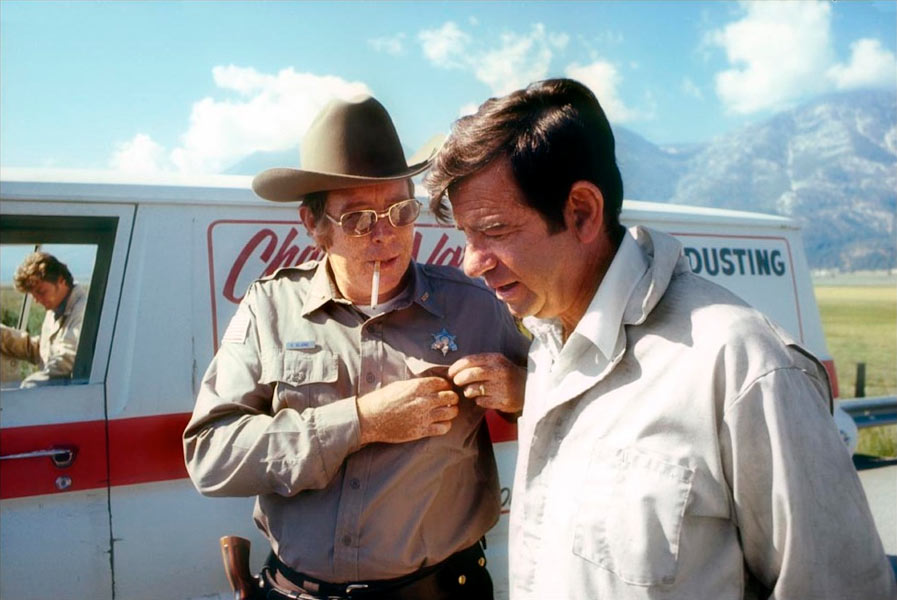
Predictably well-crafted by Dirty Harry helmer Don Siegel, Charley Varrick is another action-thriller on this list that rises above its genre through some witty writing and great performances.
Starring Walter Matthau as a bank robber who unwittingly steals from the mob, the film builds terrific suspense and has great fun in watching the lead character think and manipulate his way out of a deadly situation. Watching his plan unfold is a thrilling and rewarding experience, as the film is as intelligent and thought-through as the lead character its named after.
Joe Don Baker, once again, provides excellent and entertaining support as a mafia enforcer who is relentless in his pursuit of his bosses’ currency. It should also be noted that Charley Varrick is the first film to contain a line of dialogue that refers to someone being tortured “with a pair of pliers and blowtorch”. It’s no doubt that the filmmakers behind Charley Varrick somehow travelled through time and ripped off the iconic Tarantino line from 1994’s Pulp Fiction, but we’ll most likely never know how…
14, 13. Dillinger (1973), Big Wednesday (1978)
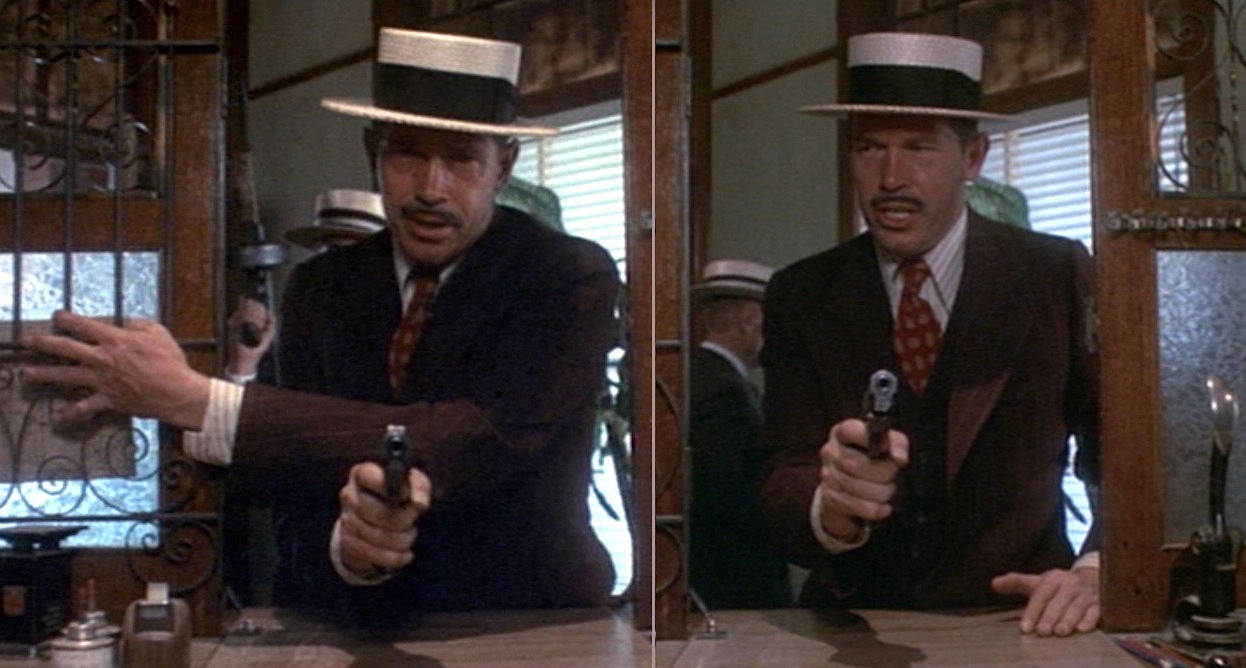
John Milius’ voice was well-heard in the seventies… Most people just didn’t know it was his they were listening to. His biggest successes were in screenwriting, namely in co-authoring the screenplay to Francis Ford Coppola’s Vietnam War masterpiece, Apocalypse Now. He also was uncredited for writing Robert Shaw’s classic Indianapolis monologue in Jaws. Not to mention, Milius also directed Schwarzenneger’s first starring role in Conan The Barbarian, and brought us some hardcore eighties patriotism and machismo with the original Red Dawn.
The bravado, gusto, excess, and humor he brought to all the above-mentioned films (not to mention many others) can all be found in two of his underappreciated directorial gems, Dillinger and Big Wednesday. Dillinger is his Warren Oats-starring take on Depression-era bank robber John Dillinger and is a gritty, violent and uncompromising production that somehow slipped through the cracks of time.
Big Wednesday, probably even less known than Dillinger, is Milius’ touching coming of age comedy set in the sixties surfing scene. The Vietnam War, like many other films from the time, weighs heavily in the film’s background, but the film still manages to find fun and humor amidst its sincere meditation on innocence lost.
12. Multiple Maniacs (1970)
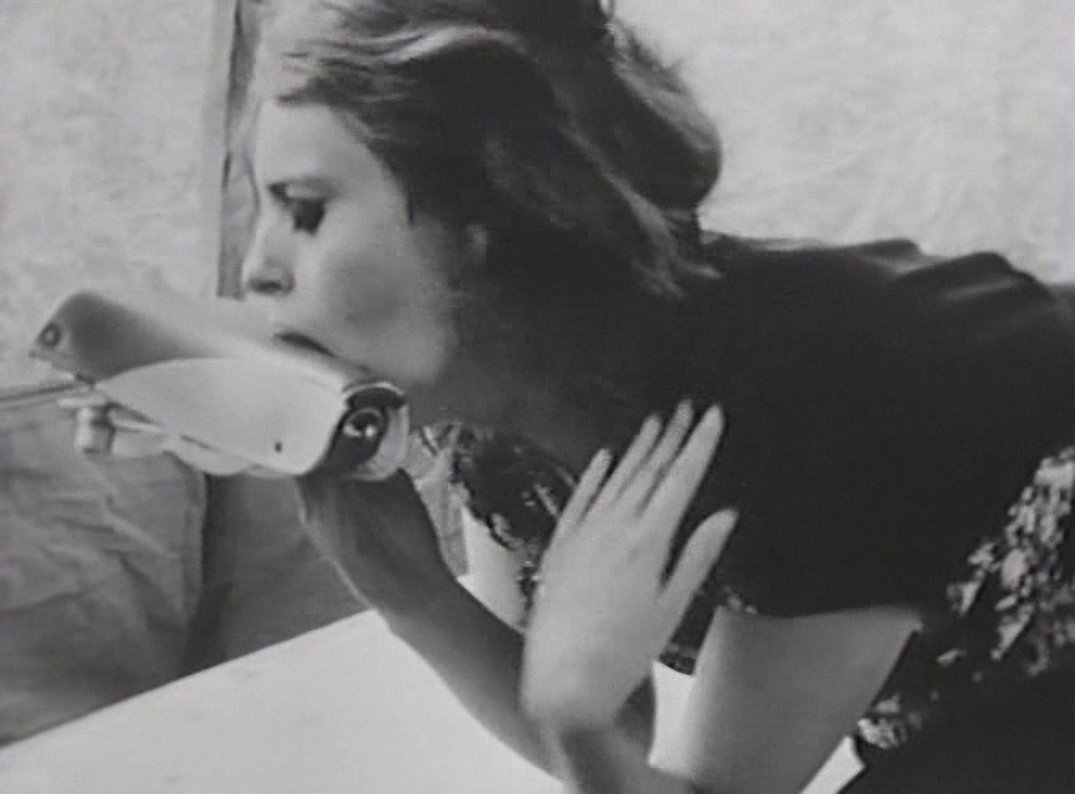
David Lynch once stated about the darkly humorous, trash-loving, disgusting, violent, and sexually explicit nature of John Waters’ films: “I think he carved out a lot of space for other filmmakers to go into…”. The truth is, Waters’ films didn’t just carve out that space, they blew it up with nuclear weapons and left vast open terrains for filmmakers half as warped as he was to explore their inner psychotic fantasies. And God bless every single one of them for it.
While not nearly as lauded (or perhaps infamous) as Waters’ cult favorite midnight movie smash, Pink Flamingos (which ended with the iconic transvestite actor Divine ingesting actual dog feces), Multiple Maniacs is a notably forgotten masterpiece of trash, filth, and insanity. In the film, Divine plays the ringleader of a band of perverts who specialize in illegal sex acts.
We soon realize this “innocent” front, however, is masking the fact that they are actually a demented group of kidnappers and murderers. By the time Divine is sexually assaulted by a fifteen-foot lobster during the film’s climax, Multiple Maniacs achieves what John Waters would go onto accomplish in his career over and over again: it stretches and breaks every limitation of taste known to man. Once again, God bless the film, and its creator, for all of it.
11. The Brood (1979)
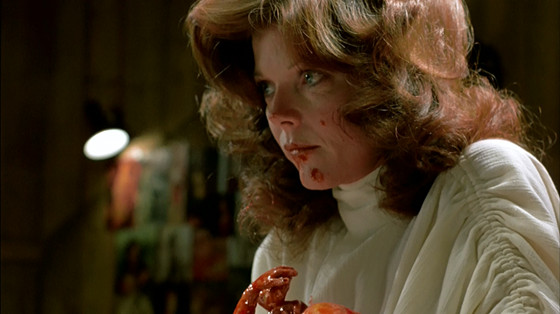
Last year, the Criterion Collection released a completely remastered, high-definition video transfer of David Cronenberg’s long-unsung masterpiece, The Brood. It’s about time the film is given the treatment and respect it deserves, because it’s truly one of the best films of its decade and of the Canadian “body horror” expert’s career.
The Brood is an adult fairly tale that, like every great fairy tale, is a metaphor for something very real and, quite often, rather dark. The film centers around a single father trying to raise his daughter amidst the most horrifying marital separation ever put on film. While his estranged wife is institutionalized, the husband uncovers very unsettling (and quite surreal) secrets held by her bizarre psychotherapist that may or may not lead to clues in a recent series of murders.
The Brood is a horrifying and disturbing film that succeeds because of its very relatable take on the emotional and traumatic effects of family dysfunction, the mental illness of a parent, and, ultimately, child abuse. Cronenberg shows, through his own brand of horror and fantasy, the lasting impact these issues have on the life and well-being of a child. The Brood’s communication and interpretation of these emotional traumas are as resonant and haunting as the issues themselves.
10. Real Life (1979)
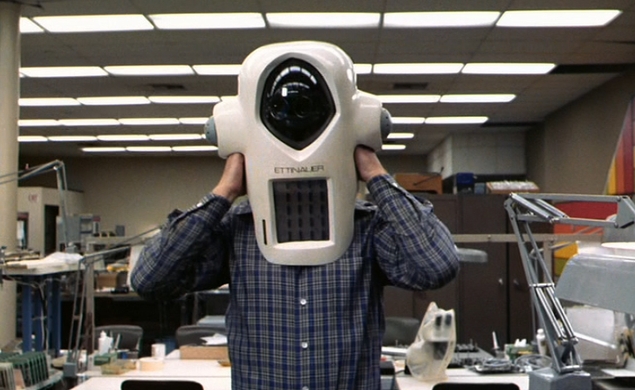
While writer-director-actor Albert Brooks’ films may have never fully attained the mainstream audience they deserve, they have undeniably, like many of the other films and filmmakers mentioned on this list, left their mark on modern filmmaking.
When at his best (Modern Romance, Lost in America, Defending Your Life, and Mother), his films are hilariously poignant, subtle, and just plain intelligent takes on a lack of satisfaction in (at the time) modern life, family and relationship dysfunction, and, perhaps most consistently, personal neuroses that rivals Woody Allen during a panic attack.
Real Life is a satiric endeavor that is one of the more buried titles on Brooks’ short but primarily top-notch directorial resume. Probably too smart and ahead of its time for its own good, Real Life was satirizing reality television before it was ever officially a reality. Brooks stars as an ambitious filmmaker who convinces an all-American family to let him film them for a documentary about their every-day lives. The situation turns absurdly comedic, however, when Brooks can’t help but start tampering with their reality for the greater good of his film.
For fans of Brooks, Real Life is a predictably smart and hilariously astute take on American life (not to mention the ethics behind manipulation of supposedly nonfiction media). For those unfamiliar with his work, it’s a great and (especially when viewed today) highly accessible introduction to Brooks’ brilliant and underappreciated brand of comedy.
9. Pat Garret and Billy The Kid (1973)
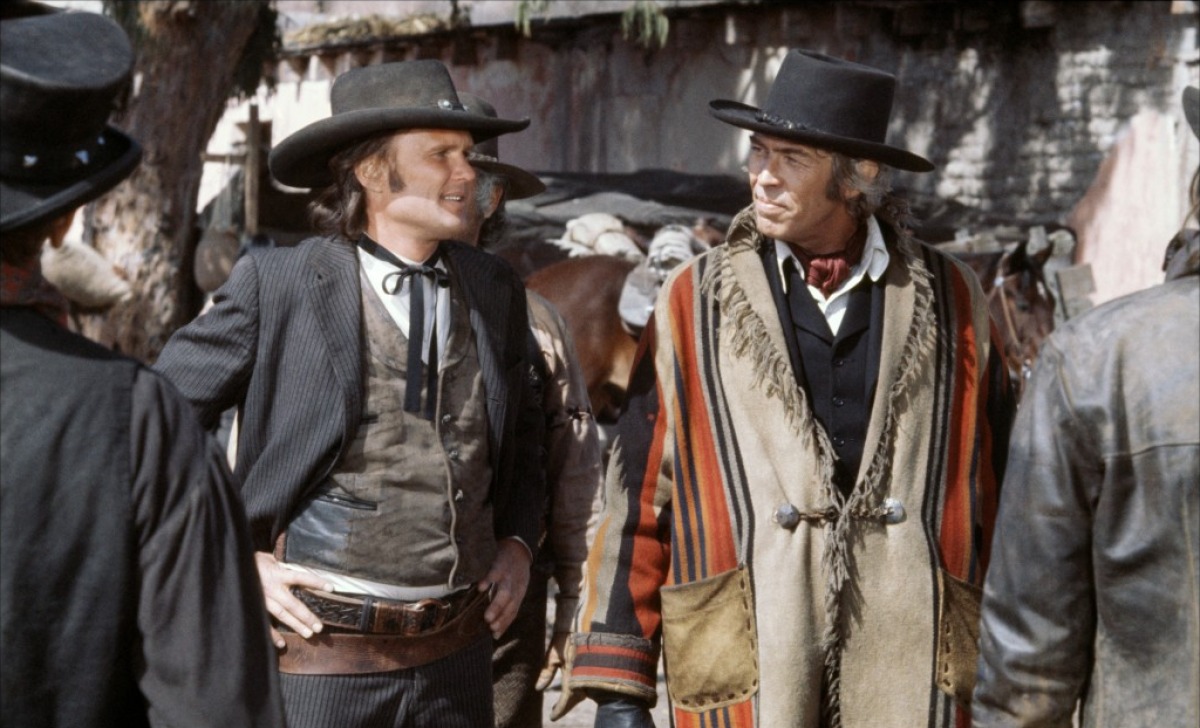
While Sam Peckinpah’s cut of his far-underappreciated and lyrically beautiful western was never officially released in his lifetime (a restored cut that claimed to have fulfilled Peckinpah’s original intentions came out on DVD in 2005), it has always remained a favorite amongst the director’s most ardent fans. For the rest of the film-watching public at large, however, Pat Garret and Billy The Kid is a buried treasure that deserves to be dug out and observed with fresh eyes.
No one knew how to capture violence on film more graphically, poetically, or viscerally than Peckinpah in his day. While many master filmmakers have shown his influence since (Martin Scorsese, John Woo, and Oliver Stone are all worthy successors), no one has ever quite brought the grace, beauty, or weight to human carnage that Peckinpah did when he was most fully in his element. This was, of course, most notably found in his 1969 classic The Wild Bunch and, much less notably, with Pat Garret and Billy The Kid nearly four years later.
The slow-motion, beautiful brutality that was Peckinpah’s trademark isn’t what makes those two titles the masterpieces that they are, however. It’s the love Peckinpah has for his characters, the time he takes in examining (and communicating to his audience) their souls, and his profound exploration of the sad, harsh consequences to the violence he was so famous for depicting.
That wisdom, when Peckinpah was given the (unfortunately rare) opportunity to communicate it, is what makes his best work remembered and celebrated today. Pat Garret and Billy the Kid is a shining example of such a work, but is also still waiting for its moment of wide recognition as such.
8. The Driver (1979)
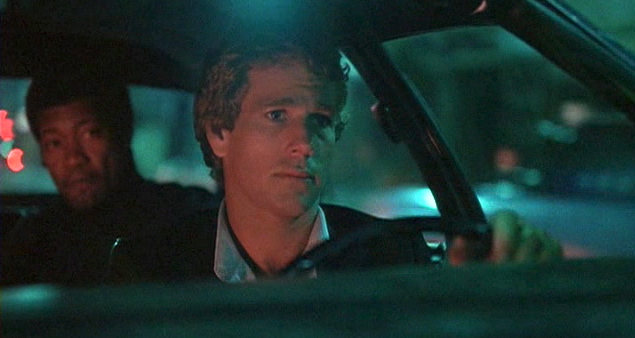
Walter Hill’s other seventies masterpiece (respectively right next to his cult classic, The Warriors) is his simply written, expertly made, and near-perfect action thriller, The Driver. Starring a perfectly stoic Ryan O’Neal as a career getaway driver and (a favorite on this list) Bruce Dern as the police officer trying to take him down, The Driver is a beautiful and unapologetic exercise in style.
The characters are intentionally developed as minimally as possible, generically given names such as The Driver, The Detective, The Player, etc. The film doesn’t dwell on anything that doesn’t propel it forward, and there is little breathing room or fat to be found in its near-ninety minute run time. It should be noted that The Driver undeniably left its mark on the 2011 Nicolas Winding Refn/Ryan Gosling arthouse action thriller, Drive, as evidenced most notably in Gosling’s perfectly stoic performance as a…
Well, career getaway driver known only as The Driver. The police chase that takes up a large portion of The Driver’s first act is also quite heavily “homaged” in the police chase that takes up a large portion of Drive’s first act, further evidencing The Driver’s greatness and influence, which will hopefully gain more notoriety in the years to come.